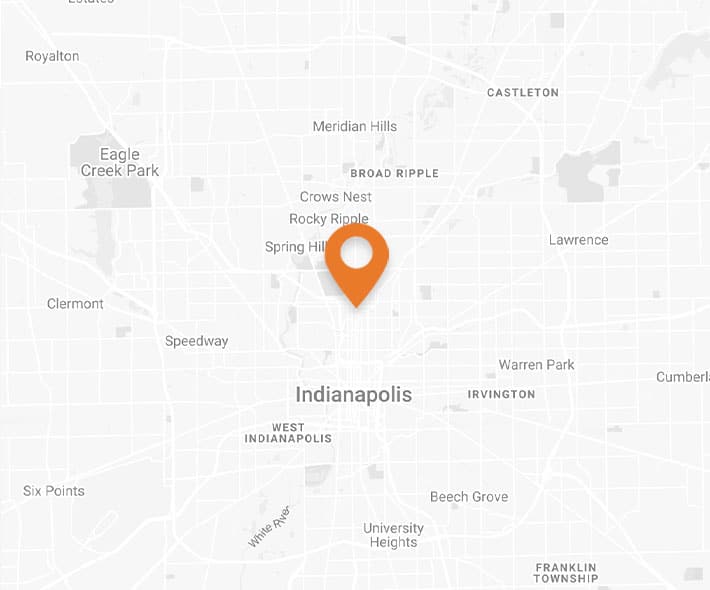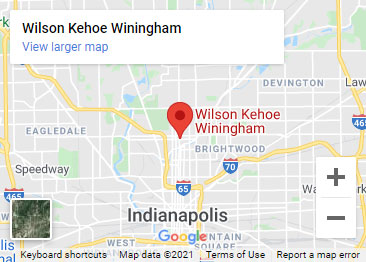NCAA Facing Concussion Lawsuits
Updated February 20, 2021 | By Wilson Kehoe Winingham staff
Autumn means the start of football season. Fans wait all year for their favorite teams to take the field. This year, football season might look different than in past years. Injuries have been ailing football players for decades and the NCAA is finally responding, less voluntarily and more due to the hundreds of lawsuits handed to them.
The first wave of class-action lawsuits against the National Collegiate Athletic Association (NCAA) and several college athletic conferences started in 2016. Retired players wanted settlements for concussions, claiming they were mistreated as athletes. By early 2019, the NCAA was facing more than 300 lawsuits from former college players still suffering the effects of head injuries sustained during play.
Head Injuries Front and Center
It’s estimated that more than 10,000 serious concussions are experienced by college athletes every year. Concussions have been receiving more attention in recent years. Their dangers have been known to many medical professionals for some time. However, it was only in 2010 that the NCAA required member schools to adopt a rigorous concussion-management plan.
The lawsuits argue that long before that time, the NCAA already knew, or should have known, the risks of head injuries, which include depression, headaches, memory loss, and—in more severe cases—a degenerative condition known as chronic traumatic encephalopathy (CTE). There are potentially thousands of former student-athletes out there who could become parties to similar legal actions.
Testing Offered, but Not Treatment
These cases are a follow-on to a different case that made a similar argument and eventually led to a settlement in which the NCAA would pay for testing and monitoring of former athletes and contribute toward concussion research. A settlement has been approved in that case. The total amount of $75 million seems trivial for an enterprise that makes nearly $1 billion annually.
The settlement only included payouts for testing. Some athletes brought new suits aimed at getting the NCAA to pay for their treatment and medical expenses. The NCAA objected, but the judge in the case ruled that it didn’t conflict with the original settlement and allowed those suits to move ahead. Some individual suits have also been settled.
Under the proposal, a 50-year medical monitoring fund allows for NCAA athletes to receive a concussion evaluation. Evaluation results will be forwarded to their doctors; the NCAA will only screen, not provide medical recommendations. In addition to the screening, players will not be able to return to games on the day of getting a concussion. More changes are included with the NCAA’s concussion policy. Though this may seem like progress, athletic programs like The Big Ten have had similar policies since 2010.
Younger Players Also at Risk
The risk of head injury exists at every level of a sport. There are also allegations that the people running programs at every level have ignored the risks and allowed their young players to suffer injury.
The NCAA isn’t the only organization facing legal claims of this kind. In December 2019, a U.S. federal judge dismissed an ongoing case against Pop Warner, the youth football organization. The class-action suit claimed that the football organization ignored the risks of head injuries and knowingly put players in danger. The argument ultimately did not hold.
Contact a Brain Injury Attorney Today
Concussion and traumatic brain injuries need to be taken seriously. If you or a loved one have suffered from a brain injury, you are urged to contact the Indianapolis Brain Injury Attorneys of Wilson Kehoe Winingham. The lawyers at WKW can help you get the compensation you deserve. Call 317.920.6400 or fill out an online contact form for a free, no-obligation case evaluation.
Contact Us
Let WKW put our experience to work for you. Contact us for your free case evaluation.
Or, call us today at (317) 920-6400


